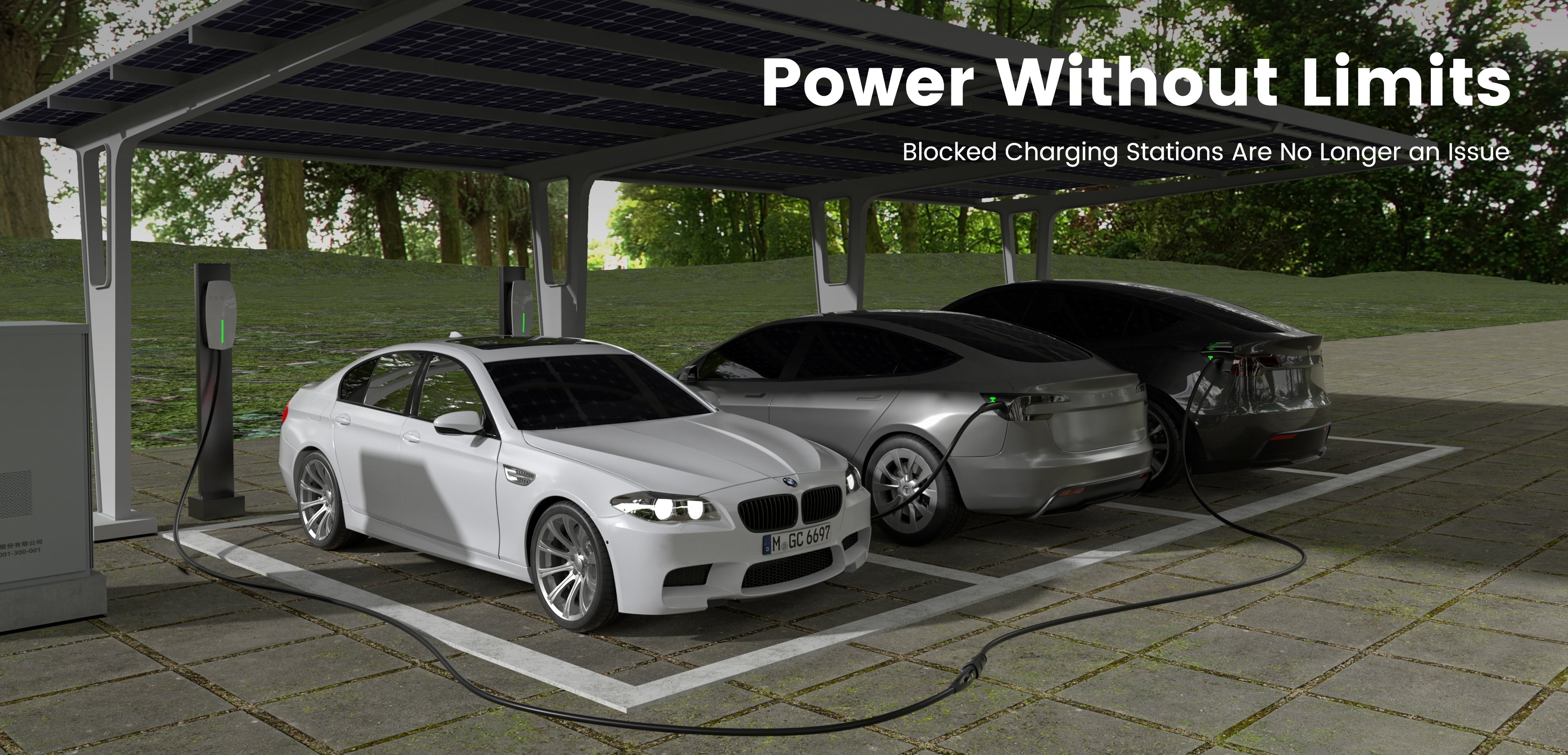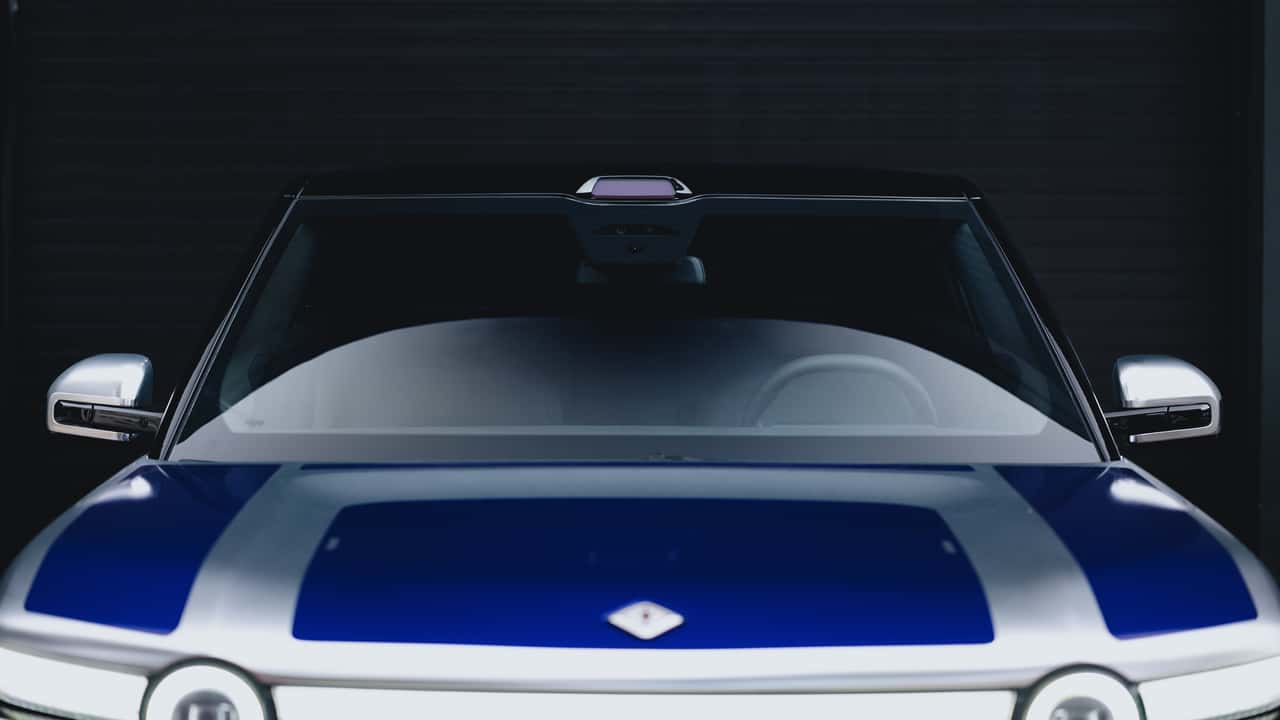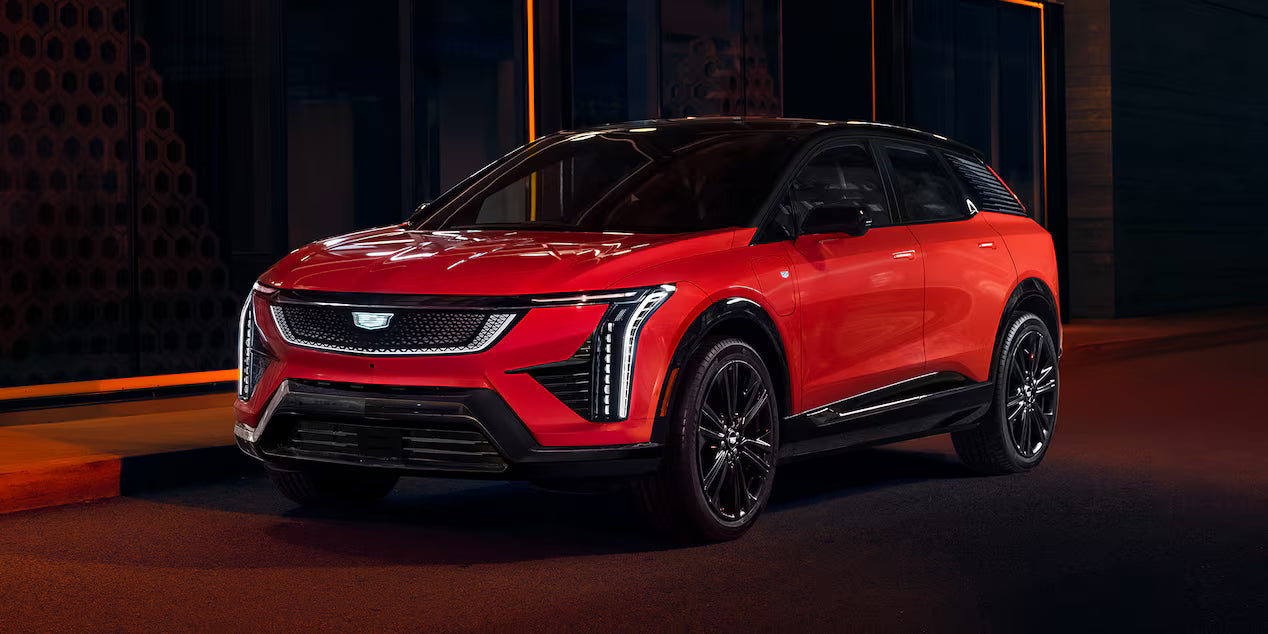Elektrofahrzeuge verändern die amerikanische Verkehrslandschaft kontinuierlich. Besitzer von Elektrofahrzeugen entdecken zunehmend, wie wichtig bequemes, sicheres und flexibles Laden zu Hause ist. Viele konzentrieren sich auf die Wahl des richtigen Wandladegeräts oder tragbaren Geräts. Ein häufig übersehenes, aber ebenso wichtiges Zubehörteil ist das Verlängerungskabel .
Ob Sie am Ende Ihrer Einfahrt parken oder in einer Ferienwohnung mit begrenzten Steckdosen unterwegs sind: Ein gut gewähltes Verlängerungskabel für Elektrofahrzeuge kann Ihr Ladeerlebnis deutlich verbessern. Doch wie finden Sie bei den verschiedenen Längen, Kapazitäten und Steckertypen auf dem Markt das richtige Kabel für sich?
Dieser Leitfaden führt Sie durch die wichtigsten Überlegungen – mit besonderem Augenmerk auf zwei der praktischsten Längenoptionen: 21 Fuß und 40 Fuß .
Warum Sie möglicherweise ein EV-Verlängerungskabel benötigen
Nicht jede Ladesituation ist perfekt. Selbst wenn Sie zu Hause über eine eigene Ladestation verfügen, kann es vorkommen, dass Ihr Fahrzeug zu weit von der Steckdose entfernt ist oder sich Ihre Ladekonfiguration aufgrund von Reisen, Wetter oder Umzug ändert.
Hier ist ein EV-Verlängerungskabel unverzichtbar:
-
Ihre Garagensteckdose befindet sich an der gegenüberliegenden Wand
-
Ihr Parkplatz ist geteilt oder flexibel
-
Sie laden in einer öffentlichen oder halböffentlichen Umgebung
-
Sie sind unterwegs und benötigen vorübergehend Zugang zu Strom
Bei der Wahl des richtigen Kabels kommt es auf die Länge, die Leistungskapazität, die Steckerkompatibilität und die Umweltverträglichkeit an.
Beginnen Sie mit Sicherheit und Kompatibilität
Bevor wir uns mit längenspezifischen Anwendungsfällen befassen, wollen wir die nicht verhandelbaren Punkte für jedes EV-Verlängerungskabel behandeln:
1. Für hohe Leistung ausgelegt (30–40 Ampere bei 240 V)
Stellen Sie sicher, dass das Kabel für das Laden der Stufe 2 ausgelegt ist. Normalerweise werden 30 bis 40 Ampere bei 240 Volt benötigt. Alles unter diesem Bereich unterstützt möglicherweise kein Laden mit voller Geschwindigkeit und kann Brandgefahr bergen.
2. EV-spezifische Konstruktion
Verwenden Sie für Ihr Elektrofahrzeug niemals ein Haushalts- oder Wohnmobil-Verlängerungskabel. Elektrofahrzeugkabel sind für die sichere Handhabung von Dauerhochstrom ausgelegt und müssen mit einer dicken, hitzebeständigen Isolierung und robusten Anschlüssen ausgestattet sein.
3. Der Steckertyp ist wichtig
Machen Sie sich mit dem Anschluss Ihres Fahrzeugs vertraut. Die meisten Nicht-Tesla-Fahrzeuge in den USA verwenden den J1772- Standard, während Tesla und andere NACS-kompatible Fahrzeuge den North American Charging Standard (NACS) verwenden. Wählen Sie ein Kabel, das zu Ihrem Fahrzeug passt – oder zum Stecker Ihres mobilen Ladegeräts.
Auswahl zwischen 21 Fuß und 40 Fuß: Welche Länge benötigen Sie?
🔌 21 Fuß Verlängerungskabel: Flexibilität im Alltag
Ideal für:
-
Einzelgaragen
-
Einfahrten, wo Ihr Elektrofahrzeug in der Nähe des Hauses parkt
-
Ladestationen, bei denen die Steckdose nur geringfügig von Ihrem Fahrzeug versetzt ist
-
Wohnungen oder Reihenhäuser mit engen Parkmöglichkeiten
Warum es wählen:
21 Fuß bieten ausreichend Reichweite, um die meisten kleineren Entfernungsprobleme zu lösen, ohne unnötiges Kabelgewicht oder Lagerprobleme. Es lässt sich außerdem einfacher aufwickeln, lagern und schnell einsetzen, insbesondere in Wohn- oder semipermanenten Umgebungen.
Szenariobeispiel:
Sie parken Ihr Elektrofahrzeug in einem Carport, aber Ihre NEMA 14-50-Außensteckdose befindet sich direkt in der Garage. Ein 6,4 m langes Verlängerungskabel überbrückt die Lücke mühelos und hält das Kabel von Gehwegen fern und aus dem Weg.
🔌 40 Fuß Verlängerungskabel: Maximale Flexibilität auf und abseits der Straße
Ideal für:
-
Lange Einfahrten oder freistehende Garagen
-
Gemeinsam mit anderen Fahrzeugen genutzte Parkplätze
-
Laden in unbekannter oder abgelegener Umgebung (Campingplätze, Hütten, Airbnbs)
-
Kommerzielle Nutzung oder Flottennutzung, bei der die Fahrzeuge häufig bewegt werden
Warum es wählen:
Ein 12 Meter langes Kabel bietet außergewöhnliche Flexibilität, wenn Sie die Lage der Steckdose nicht kontrollieren können. Es ist zwar schwerer und benötigt mehr Platz für die Lagerung, aber die größere Reichweite gewährleistet einen sicheren Anschluss an die Stromversorgung – auch über Gehwege, Gartenbeete oder Hindernisse hinweg.
Szenariobeispiel:
Sie besuchen über die Feiertage Ihre Familie und diese verfügt über eine 240-V-Steckdose in ihrer Gartenwerkstatt. Mit einem 12 Meter langen Verlängerungskabel können Sie trotzdem in der Einfahrt parken und über Nacht laden, ohne unsichere Kabel durch Fenster oder über öffentliche Gehwege verlegen zu müssen.
Weitere zu beachtende Funktionen
Achten Sie bei der Auswahl eines Verlängerungskabels auf diese Qualitätsindikatoren:
-
Reine Kupferverdrahtung (10 AWG oder dicker): Reduziert den Spannungsabfall und minimiert die Wärme
-
UL-gelistete Komponenten: Zertifiziert nach US-amerikanischen elektrischen Sicherheitsstandards
-
Wetterschutzklasse (z. B. IP66): Entscheidend für den Einsatz im Freien oder ganzjährig
-
Verstärkte Anschlüsse: Verhindert Spannungsschäden an Verbindungspunkten
-
Robuste Ummantelung: Schützt vor UV-Strahlen, Schnee und allgemeiner Abnutzung
Übersichtstabelle: 21 Fuß vs. 40 Fuß EV-Verlängerungskabel
| Besonderheit | 21 Fuß Kabel | 40 Fuß Kabel |
|---|---|---|
| Am besten für | Täglicher Heimgebrauch | Flexibilität beim Laden über große Entfernungen |
| Lagerung | Kompakt & einfach | Benötigt mehr Platz |
| Anwendungsfall | Garagen-/Einfahrtsaufbauten | Laden im Freien, auf Reisen oder für Flotten |
| Setup-Geschwindigkeit | Schnell | Mehr Planung erforderlich |
| Gewicht | Feuerzeug | Schwerer |
Abschließende Gedanken: Einmal kaufen, sicher laden
Bei der Investition in ein hochwertiges Verlängerungskabel für Elektrofahrzeuge geht es nicht nur um Reichweite, sondern auch um ein sicheres Gefühl . Das richtige Kabel sorgt dafür, dass Sie sicher, effizient und ohne Kompromisse laden, egal ob zu Hause oder unterwegs.
Nehmen Sie sich vor dem Kauf einen Moment Zeit, um:
-
Messen Sie die maximale Entfernung zwischen Ihrem Elektrofahrzeug und Ihrer Ladesteckdose
-
Bestätigen Sie Ihren Steckertyp (J1772 oder NACS)
-
Wählen Sie ein UL-gelistetes Kabel mit mindestens 40 A und 240 V Kapazität
-
Passen Sie Ihre Lifestyle-Bedürfnisse an eine Länge von 21 Fuß oder 40 Fuß an
Mit der richtigen Ausstattung können Sie Ihr Elektrofahrzeug sicher antreiben – egal, wohin das Leben Sie führt.
Empfohlene Lektüre: Auswahl des richtigen EV-Verlängerungskabels: Ein vollständiger Leitfaden für neue und erfahrene EV-Besitzer








Aktie:
Wie sicher sind Verlängerungskabel für Elektrofahrzeuge? Was Sie vor dem Anschließen wissen müssen
Die besten tragbaren und Heim-Ladegeräte für Elektrofahrzeuge im Jahr 2025: Top-Auswahl und Vergleichsleitfaden